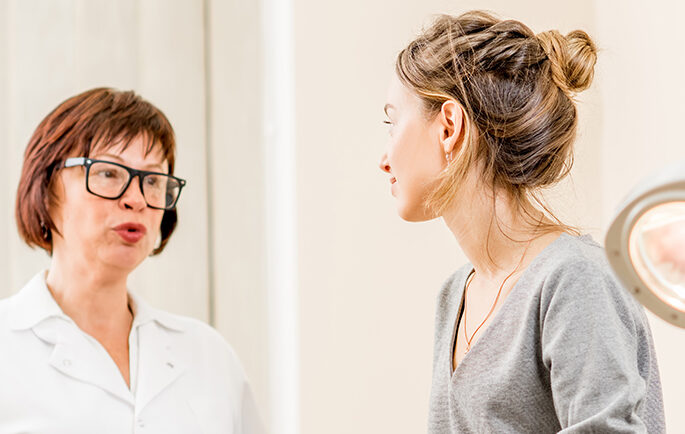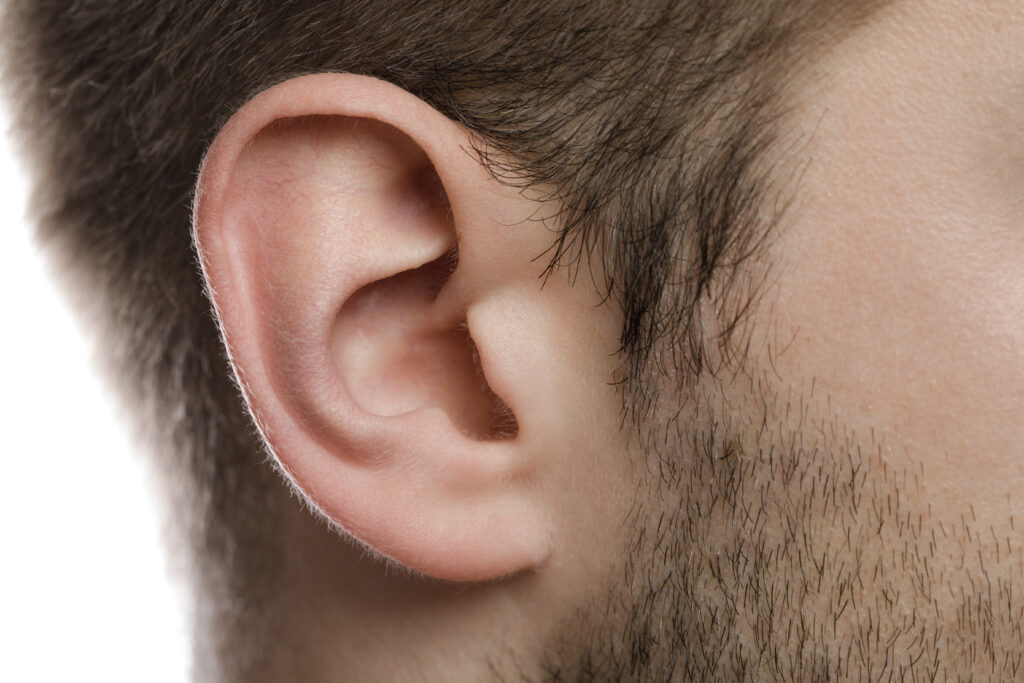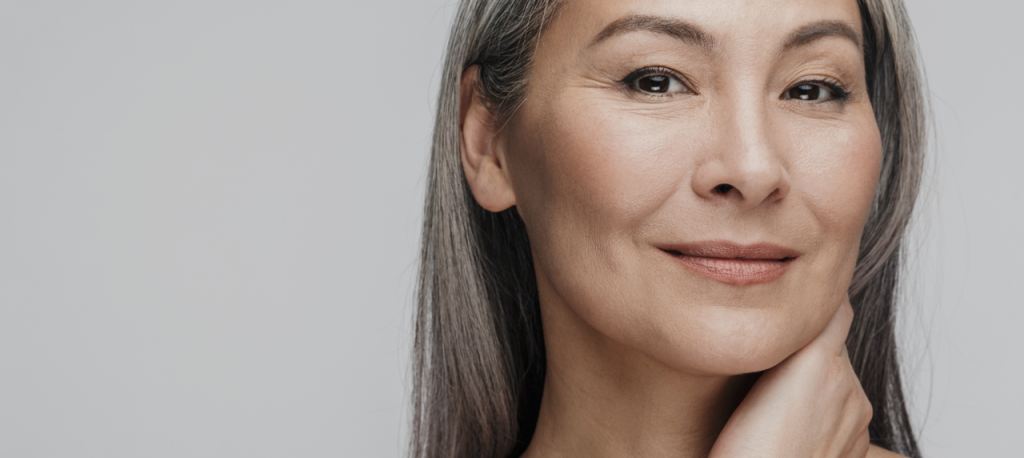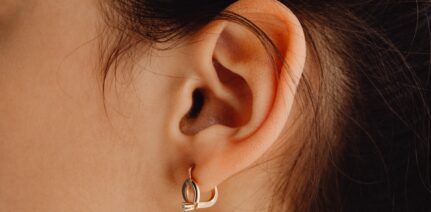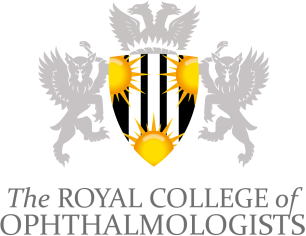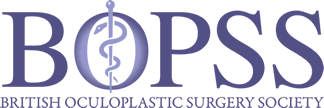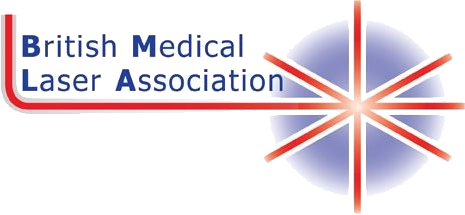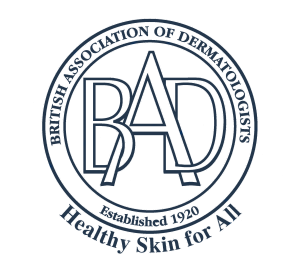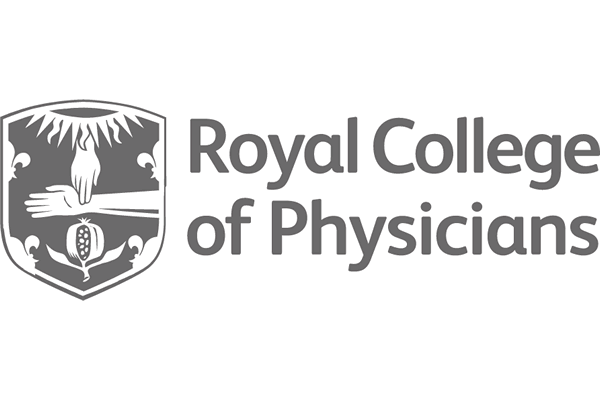"’I’ve always hated my protruding ears, and had spent ages researching Otoplasty online but never dared have an actual consultation with a surgeon. It sounds a bit foolish, but I was worried that I might upset my family by having the surgery, as my Father and my sisters all have the same protruding ears as me. Having the chance to discuss all of this with Amber helped me get a perspective and also helped me get the confidence to tell my family what I wanted to do. As it turned out, I need not have been so worried about their reactions. I’d imagined hurting them, but in actual fact, they were just happy for me. I did go ahead and have my procedure and now I can wear my hair up with confidence whenever I like – therapy also taught me a lot about myself in the process. I’m super happy with the outcome."
- About Us
- Treatments
- Cosmetic, Plastic & Reconstructive Surgery
- Areola Reduction
- Arm Lift (Brachioplasty)
- Axillary Reduction
- Belly Button Surgery (Umbilicoplasty)
- BoNT treatment
- Breast Implant Removal
- Breast Lift (Mastopexy)
- Breast Augmentation
- Breast Reduction
- Brow Lift
- Buccal Fat Removal
- Chalazion
- Cheek Augmentation
- Dermal Fillers
- Dimple Creation (Dimpleplasty)
- Droopy Eyebrow / Lid (Ptosis)
- Ear Pinning (Pinnaplasty)
- Earlobe Surgery
- Ectropion
- Entropion
- Eyelid Surgery (Blepharoplasty)
- Facelift & Mini-Facelift
- Facial Ageing and Rejuvenation
- Inverted Nipple Correction
- Labiaplasty
- Lip Surgery
- Pubic Lift (Monsplasty)
- Rhinoplasty
- Split Earlobe
- Tear Trough Filler
- Tip Rhinoplasty
- Tummy Tuck (Abdominoplasty)
- Dermatology
- Oral & maxillofacial surgery
- Hair transplant surgery
- Scar Management & Physiotherapy
- Vascular Surgery
- Psychology & Well-being
- Cosmetic, Plastic & Reconstructive Surgery
- Specialists

